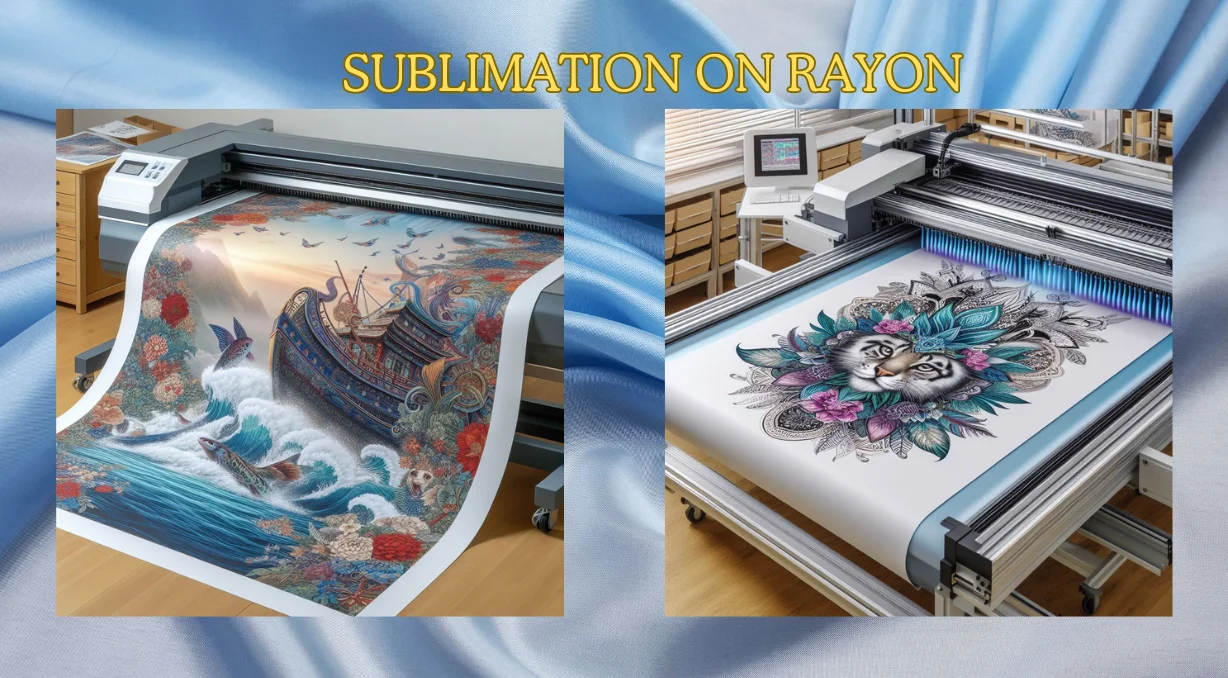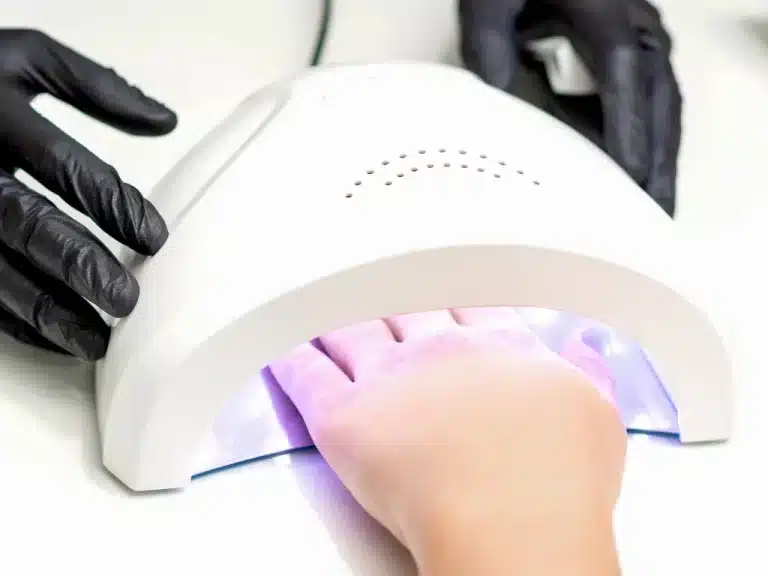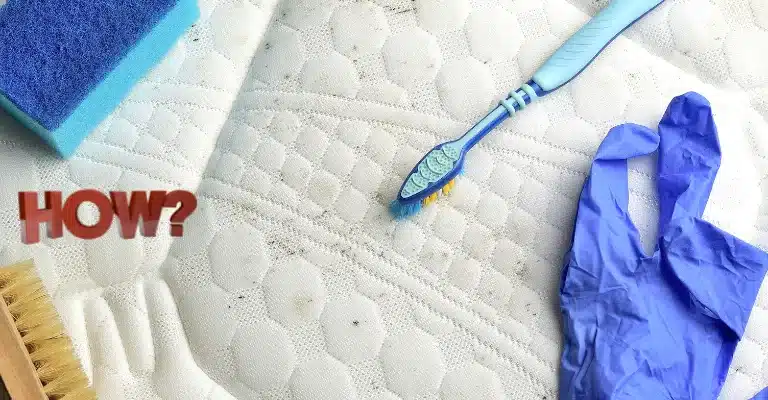Sublimation on Rayon: Unlocking the Secrets for Vibrant Prints
Are you struggling with sublimation on rayon? Discover expert tips and tricks to overcome challenges, achieve vibrant prints, and create stunning designs on rayon fabric. Learn about fabric compatibility, heat press settings, and post-printing care. Let Subli Genius Print guide you to sublimation success on rayon.
Sublimation on Rayon: Overcoming the Challenges
Sublimation printing on rayon can be a daunting task for even experienced designers and printers. Unlike polyester, rayon’s natural fibers present unique challenges such as poor ink absorption, color fading, and potential fabric damage during high-temperature sublimation.
These obstacles often lead to inconsistent results and frustration. However, with the right knowledge and techniques, it’s possible to achieve stunning and long-lasting prints on rayon fabric.
I try, my best to provide practical tips and solutions to help you overcome these hurdles and create exceptional designs.
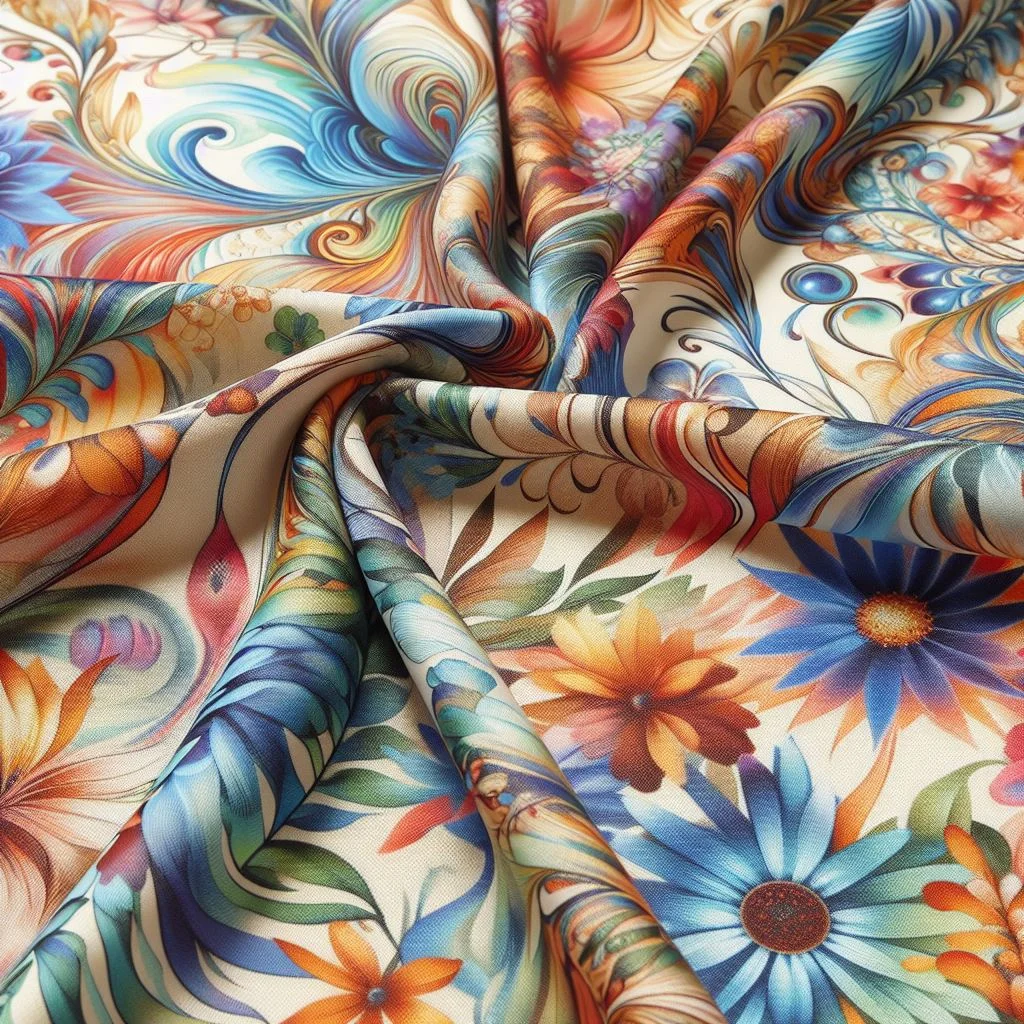
Sublimation: A Colorful Challenge on Rayon
Sublimation printing, a fascinating process, transforms solid dye particles directly into gas without passing through a liquid phase. This unique transition is what makes sublimation an effective method for transferring vibrant, detailed images onto fabrics.
The Chemistry of Sublimation:
- Sublimation Ink: The process starts with sublimation inks, which are specially formulated with solid dye particles. These dyes are designed to transition directly from a solid to a gaseous state when heated.
- Printing the Design: A design is printed onto sublimation transfer paper using a sublimation printer. This paper holds the dye particles in place until they are ready to be transferred.
- Heat Press Application: The transfer paper is placed on the fabric, and both are subjected to high temperatures (typically around 375°F to 400°F) and pressure in a heat press. As the heat press closes, the dye particles on the transfer paper are activated by the heat.
- Sublimation Transition: When heated, the dye particles undergo sublimation, changing directly from a solid state to a gas. This gaseous dye penetrates the fabric fibers and bonds at a molecular level, embedding the design within the fabric rather than just sitting on its surface.
- Cooling and Solidification: Once the heat press cycle is complete, the fabric and paper are allowed to cool. The dye returns to a solid state, now permanently embedded within the fabric fibers, resulting in a vivid, durable print that won’t crack, peel, or fade easily.

Why Polyester is the Preferred Fabric
The reasons, why polyester is the preferred fabric, you can appreciate the process’s efficiency and the quality of the results it produces. Whether you are printing garments, accessories, or home décor items, sublimation on polyester ensures vibrant, durable, and professional-grade outcomes.
- Molecular Affinity: Polyester fibers are synthetic and have a molecular structure that readily accepts and bonds with sublimation dyes. This strong bond ensures that the dye remains embedded within the fabric, leading to long-lasting prints.
- Vibrant Colors: The chemical structure of polyester allows for excellent dye uptake, resulting in vibrant and high-contrast colors. This makes polyester ideal for designs that require sharp details and bright hues.
- Durability: Polyester is known for its strength and resistance to wear and tear. Sublimation prints on polyester fabrics are highly durable, maintaining their quality even after repeated washing and exposure to elements.
- No Liquid Phase: Since sublimation bypasses the liquid phase, there is no risk of dye bleeding or spreading, which can occur with other printing methods. This results in clean, precise edges and consistent color coverage.
- Smooth Surface: Polyester fabrics often have a smooth, uniform surface that enhances the clarity and detail of sublimation prints. This is particularly beneficial for intricate designs and high-resolution images.
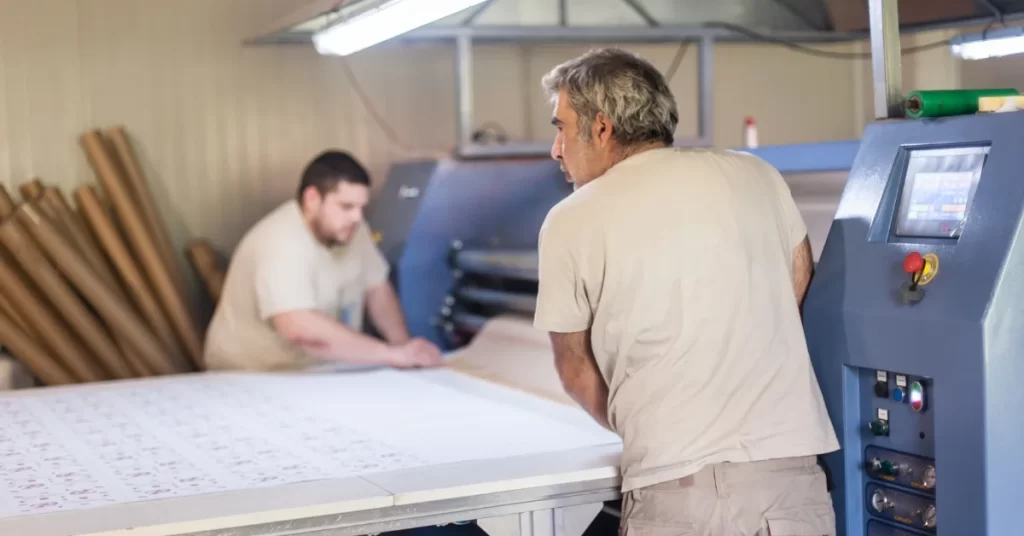
Can You Sublimate on Rayon?
Sublimation printing is widely known for its effectiveness on polyester fabrics due to their synthetic nature, which readily accepts sublimation dyes. However, when it comes to rayon, the situation is a bit more complex.
Rayon’s Compatibility with Sublimation
The primary reason for this compatibility issue is that rayon’s cellulose fibers do not have the same affinity for sublimation dyes as polyester’s synthetic fibers. Sublimation dyes are designed to bond with polyester at a molecular level during the heat press process.
The outcomes are typically unsatisfactory when attempting to sublimate on 100% rayon. Rayon does not possess the necessary properties to form a lasting bond with sublimation dyes.
As a result, images transferred onto pure rayon often appear faded and may wash out easily. Moreover, the heat required for sublimation can damage rayon, leading to scorched fabric and compromised print quality.
In contrast, poly-blended rayon—fabric that combines rayon with a significant percentage of polyester—can yield better results. A blend with at least 60-70% polyester is recommended to ensure that the sublimation ink adheres properly and that the print remains vibrant after washing.
The polyester component provides the canvas for the sublimation dye to bond, while the rayon contributes to the fabric’s overall feel and drape.
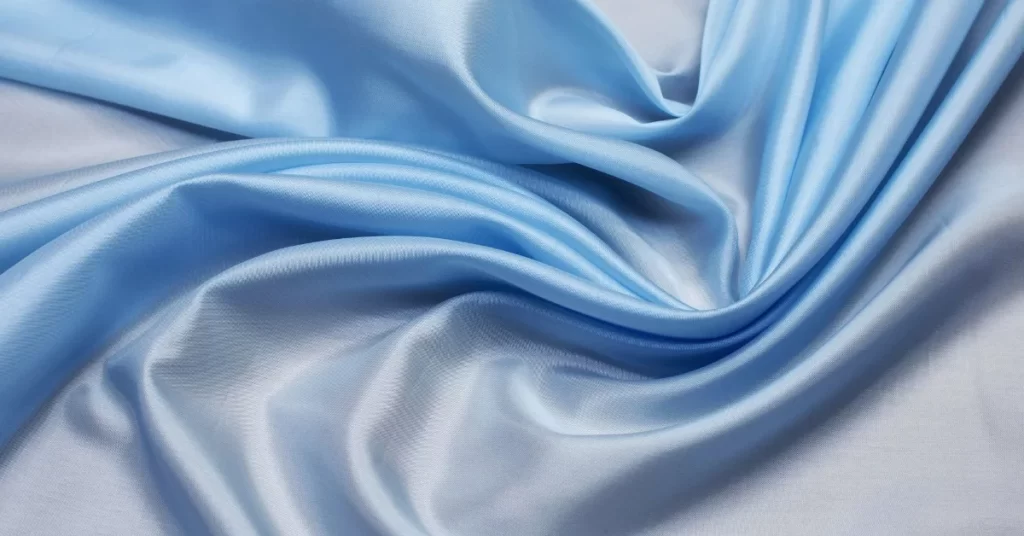
Specific Challenges and How to Address Them
With the right techniques and adjustments, you can expand your sublimation capabilities to include this luxurious and versatile fabric.
- Color Fading
- Challenge: Prints on rayon tend to fade more quickly compared to those on polyester. This is due to the lower affinity of rayon fibers for sublimation dyes.
- Solution: Use high-quality sublimation inks and transfer papers designed specifically for challenging fabrics. Pre-treating the fabric with a sublimation coating can also improve dye retention and vibrancy.
- Image Bleeding
- Challenge: The dye can spread beyond the intended areas, leading to blurred or smeared images.
- Solution: Adjust the heat press settings to a lower temperature and shorter duration. Conduct test prints to find the optimal balance that minimizes bleeding while achieving good color transfer.
- Fabric Damage
- Challenge: Rayon is more sensitive to heat and pressure compared to polyester, which can result in fabric damage or distortion during the sublimation process.
- Solution: Use a lower heat setting (generally between 350°F and 375°F) and reduce the pressure applied by the heat press. Ensure the heat press surface is clean and smooth to avoid imprinting unwanted textures onto the fabric.
- Durability Concerns
- Challenge: Prints on rayon may not be as durable or resistant to washing and wear as those on polyester.
- Solution: Educate customers on proper care for sublimated rayon items, such as washing in cold water, using mild detergents, and avoiding high-heat drying. Additionally, consider applying a protective coating to enhance durability.
- Inconsistent Results
- Challenge: Achieving consistent results on rayon can be difficult due to the fabric’s varying responses to sublimation.
- Solution: Maintain a controlled environment and consistent process parameters. Regularly calibrate your equipment and keep detailed records of successful settings and techniques.
Overview of the Process and Its Appeal
Rayon, a semi-synthetic fabric made from natural cellulose fibers, is valued for its softness, drape, and breathability. These qualities make it an attractive choice for garments and home textiles. However, rayon’s unique composition can pose challenges for sublimation printing.
Despite these challenges, many printers are drawn to rayon for its luxurious feel and the potential to create high-quality, detailed designs.
Brief Comparison with Other Fabrics
| Fabric | Sublimation Compatibility | Print Quality | Durability | Special Considerations |
|---|---|---|---|---|
| Polyester | High | Vibrant, detailed prints | Highly durable | Best fabric for sublimation; accepts dyes well |
| Cotton | Low | Faded or washed-out prints | Less durable | Requires special coatings or sprays for better results |
| Nylon | Moderate | Good quality but not as vibrant as polyester | Moderately durable | Requires lower temperatures; careful handling needed to avoid melting |
| Rayon | Moderate | High-quality, detailed prints | Moderate | Requires specific settings and careful handling for optimal results |
Each fabric presents unique advantages and challenges for sublimation printing. Rayon offers a unique combination of comfort and aesthetic appeal, but achieving optimal results requires careful attention to the sublimation process. Understanding these nuances can help you choose the right fabric for your sublimation projects and ensure high-quality outcomes.
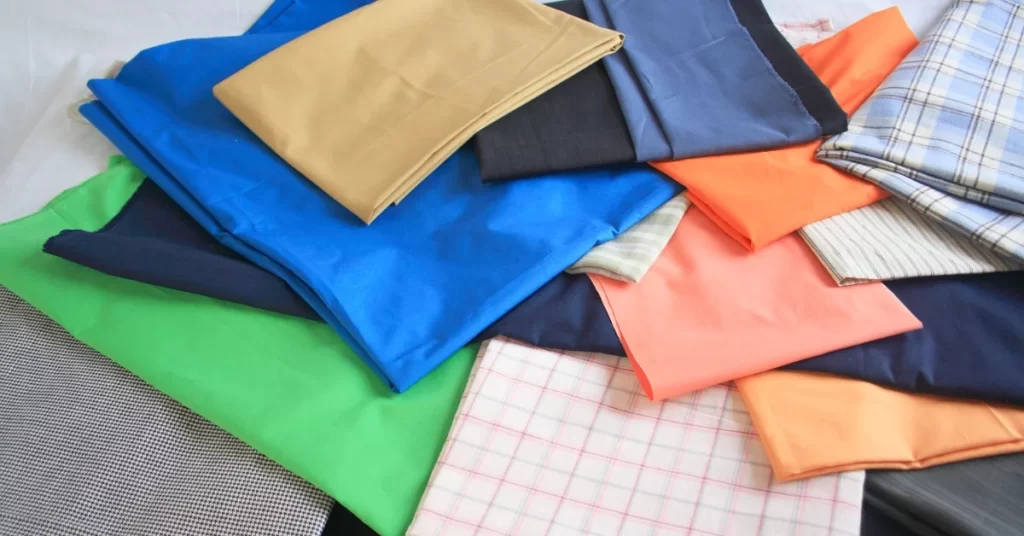
For more about the best fabrics for sublimation.
Techniques for Sublimating on Rayon
Sublimating on poly-blended rayon fabrics requires a delicate balance of temperature, time, and pressure to ensure a successful transfer without damaging the fabric.
Tips for Sublimating on Poly-Blended Rayon Fabrics:
- Fabric Composition: Ensure the fabric blend contains at least 65-70% polyester to facilitate better ink absorption and vibrant prints.
- Pre-Press: Conduct a brief pre-press to smooth out any wrinkles and remove moisture, which can affect the transfer process.
- Protective Measures: Use a protective paper or Teflon sheet to shield the rayon from direct heat and prevent scorching.
Temperature and Time Adjustments:
- Lower Temperature: Start with a lower temperature of around 375-385°F (190-196°C), which is sufficient to transfer the dye without overheating the rayon.
- Shorter Press Time: Begin with a shorter press time and gradually increase if necessary. A good starting point is 30-45 seconds, depending on the thickness of the fabric.
- Test Runs: Always test on a scrap piece or a small, inconspicuous area of the garment first to fine-tune the settings.
Pressure Settings:
- Light to Medium Pressure: Apply light to medium pressure on the heat press. Excessive pressure can flatten the texture of the rayon and affect the quality of the print.
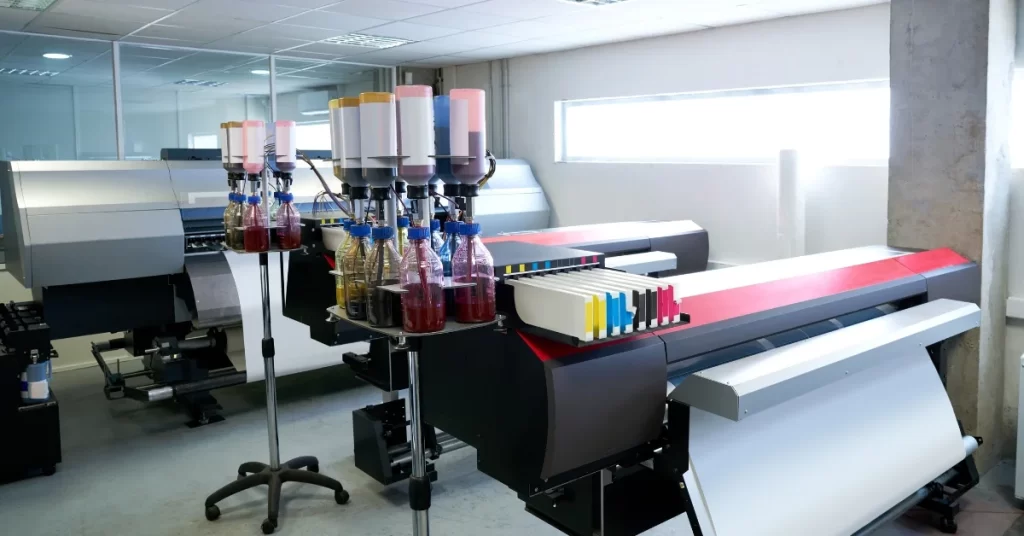
Polyester-Rayon Blends for Enhanced Outcomes
By understanding the unique properties of polyester-rayon blends and applying best practices, you can achieve enhanced sublimation outcomes. These blends offer a great balance of quality, comfort, and durability, making them an excellent choice for various sublimation projects.
Blended Fabrics: Advantages and Techniques
Blended fabrics combine the best attributes of different fibers to create a material that is both practical and aesthetically pleasing. Polyester-rayon blends are particularly advantageous for sublimation printing, offering a balance between the vibrant print quality of polyester and the softness of rayon.
Benefits of Using Polyester-Rayon Blends
- Enhanced Print Quality: Blends that include a significant percentage of polyester tend to hold sublimation dyes better than pure rayon. This results in more vibrant and detailed prints.
- Improved Durability: Polyester’s synthetic fibers contribute to the overall strength and resilience of the fabric, making it more durable and resistant to wear and tear compared to 100% rayon.
- Softness and Comfort: Rayon adds a softness and drape to the fabric that pure polyester lacks, making garments more comfortable to wear.
- Versatility: Blended fabrics can be used for a wide range of applications, from fashion and accessories to home décor, offering versatility in both use and design.
Best Practices for Sublimation on Blends
- Optimal Polyester Content: For the best sublimation results, choose blends with at least 50% polyester. Higher polyester content typically yields better print quality.
- Heat Press Settings: Adjust the heat press settings to account for the blended nature of the fabric. Start with a temperature of around 375°F and a pressing time of 45-60 seconds. Adjust as needed based on test prints.
- Pre-treatment: Although not always necessary, pre-treating the fabric with a sublimation coating can enhance dye absorption and print clarity, especially if the rayon content is high.
- Consistent Pressure: Apply even pressure across the entire fabric surface to ensure uniform dye transfer. Use moderate pressure to avoid damaging the fabric, particularly with blends that include spandex or other stretchy fibers.
- Test Prints: Conduct test prints on a small section of the fabric to determine the optimal settings and make adjustments as necessary. This helps in achieving consistent and high-quality results.

Examples of Polyester-Rayon Blends
- 95% Rayon, 5% Spandex
- Advantages: This blend is exceptionally soft and stretchy, making it ideal for garments that require a lot of movement, such as activewear or loungewear.
- Sublimation Tips: Use lower temperatures and shorter pressing times to avoid damaging the spandex. Consider pre-treating the fabric to improve dye uptake.
- 50% Polyester, 25% Cotton, 25% Rayon
- Advantages: This blend combines the strengths of all three fibers, offering good print quality, softness, and breathability. It’s commonly used for t-shirts and casual wear.
- Sublimation Tips: Since this blend includes cotton, which does not absorb sublimation dye well, expect more muted print results. Using a polyester-heavy design can help maintain vibrancy.
Finding the Right Printer for the Job
By carefully selecting the right equipment, you can achieve high-quality sublimation prints on rayon, making the process more efficient and producing stunning results.
Features to Look for in a Sublimation Printer:
- Print Resolution: High-resolution printers (at least 1200 x 1200 dpi) ensure detailed and sharp prints, which is particularly important for intricate designs on rayon.
- Ink Compatibility: Ensure the printer is compatible with high-quality sublimation inks that offer good color fidelity and durability.
- Print Size: Depending on your project needs, select a printer that can handle the desired print size. Wide-format printers are ideal for larger designs and all-over prints.
- Ease of Use: User-friendly interfaces and reliable software can streamline the printing process, making it easier to achieve consistent results.
- Durability and Maintenance: Choose a printer known for its durability and ease of maintenance to minimize downtime and ensure long-term performance.
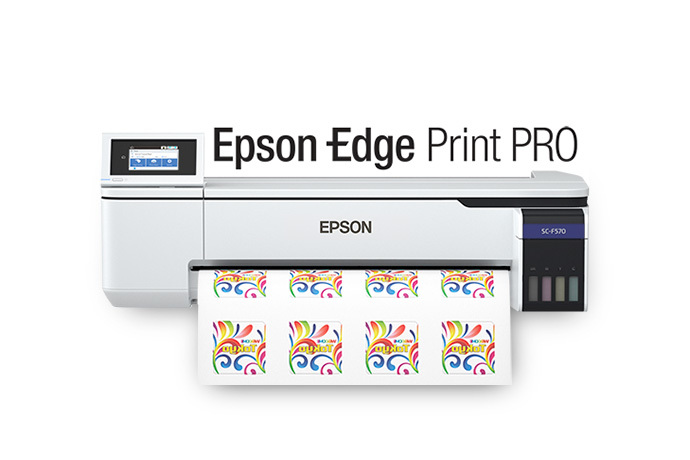
Recommended Models for Rayon:
- Epson SureColor F570: This desktop sublimation printer offers high-quality prints with a resolution of up to 2400 x 1200 dpi, making it ideal for detailed designs on rayon. It also supports wide-format printing up to 24 inches. You can check the details here.
- Sawgrass Virtuoso SG500: Known for its vibrant color output and reliability, the SG500 is a great choice for small to medium-sized sublimation projects. It is compatible with a wide range of sublimation inks. Check here
- Mimaki TS55-1800: For large-scale production, the Mimaki TS55-1800 provides exceptional print quality and speed. Its advanced features and high-capacity ink systems are suitable for extensive sublimation printing. Check here
Selecting the Best Transfer Paper for Rayon:
- Paper Weight: Choose transfer paper with a weight of 90-110 gsm. This weight range is ideal for handling without tearing and ensures even dye transfer.
- Coating Quality: Look for transfer papers with a high-quality coating that can hold the sublimation dye without bleeding or smudging. The coating should also release the dye effectively during the heat press process.
- Size Compatibility: Ensure the transfer paper size matches your printer’s capabilities and the size of your design. Wide-format papers are available for larger projects.

Recommended Transfer Papers:
- A-SUB Sublimation Paper: Known for its excellent dye release and vibrant color output, A-SUB paper is compatible with a wide range of sublimation printers and inks.
- TexPrint R: This paper is specifically designed for high-quality dye sublimation and offers superb color transfer, making it ideal for detailed designs on rayon.
- Siser EasySubli: Suitable for both hard and soft substrates, Siser EasySubli paper provides consistent results and vibrant prints, perfect for rayon fabrics.
Tips for Avoiding Common Paper Issues:
- Storage: Store transfer paper in a cool, dry place to prevent moisture absorption, which can affect dye transfer quality.
- Handling: Handle the paper with clean, dry hands to avoid transferring oils or dirt onto the paper, which can impact print quality.
- Printing: Ensure the printer settings are correctly configured for sublimation printing, including the right paper type and print quality settings.
- Heat Press Settings: Follow the manufacturer’s recommendations for heat press temperature, pressure, and time to ensure optimal dye transfer and avoid issues like ghosting or incomplete transfers.
Subli Genius Print also discussed specific techniques to prevent damage to rayon during the sublimation process, such as adjusting temperature and time settings and the importance of conducting test runs.
Real-Life Success Stories
Case Study 1: Saghir’s Custom T-Shirt Company
Saghir, the owner of a custom t-shirt company, decided to experiment with a 70% polyester, 30% rayon blend for his sublimation projects. The result was impressive: the blend provided vibrant, long-lasting prints that exceeded expectations. Saghir found that this specific ratio of polyester to rayon offered the perfect balance of heat resistance and ink absorption, leading to high-quality, durable designs that delighted his customers.
Case Study 2: Naseer’s Online Craft Community
Naseer, a member of an online craft community, achieved notable success using a 65% polyester-rayon blend. Despite the slightly lower polyester content compared to other blends, Naseer reported that the fabric still delivered satisfactory color vibrancy and print durability. The community appreciated the blend for its ability to maintain good print quality while offering a softer feel, making it a popular choice for various craft projects.
Common Issues and Solutions:
- Issue: Scorching of Rayon Fabric
- Solution: Lower the heat press temperature and use a protective sheet to prevent direct contact with the fabric.
- Issue: Fading or Washing Out of Prints
- Solution: Ensuring a high polyester content in the blend, ideally above 60%, to improve ink binding and print longevity.
- Issue: Inconsistent Results Across Different Batches
- Solution: Testing each batch of fabric before full production, as the composition of rayon can vary between manufacturers.
Post-Printing Care for Sublimated Rayon
Proper care is essential to prolong the life of your sublimated rayon items. Here are some guidelines:
- Allow Curing Time: Let the fabric rest for at least 24 hours after the sublimation process to ensure the ink fully sets.
- Gentle Washing: Use cold water and a mild detergent. Turn the garment inside out to protect the print. Avoid bleach or harsh chemicals.
- Drying: Hang dry the fabric to prevent shrinkage and maintain the print’s quality. Avoid using high heat in the dryer.
- Ironing: If necessary, iron on the reverse side of the fabric using a low-temperature setting. Avoid ironing directly on the print.
- Storage: Store your sublimated rayon items in a cool, dark place to protect the colors from fading.
Resources:
- Sublimation for Beginners: A comprehensive guide to starting with sublimation printing, covering everything from the basics to more advanced techniques.
- Sublimation Tutorials and Videos: A collection of free tutorials perfect for both beginners and experienced users looking to refine their skills.
- The Complete Guide to Sublimation Printing: An in-depth look at the sublimation printing process, including discussions on printers, inks, papers, and more.
- Free Sublimation Designs & Images: A treasure trove of free sublimation designs and images to download and experiment with, ideal for testing and honing your craft.
- Best Sublimation Software: An overview of the top sublimation design software available in 2024, both free and paid options.
References
- Spandex Warehouse. “What is the Best Fabric to Use for Sublimation Printing?” Retrieved from Spandex Warehouse.
- T-Shirt Forums. “Sublimation on Rayon/Poly Blend.” Retrieved from T-Shirt Forums.
- Bella+Canvas Blog. “Sublimation Printing & Poly Blends.” Retrieved from Bella+Canvas.
